Perspectives on greener product development and manufacturing from Sustainable Minds, our partners, customers and contributors.
Standards & regulations
New in Sustainable Minds Release 1.1

Certifications & labeling, Designers, Electronics, Green Economy, Life cycle assessment, Manufacturing, Marketing, Materials & processes, Packaging, Product service systems, Products, Software & systems, Standards & regulations, Strategies, Supply chain, Sustainability paradox, Sustainable Europe, Sustainable interaction design, Teamwork
Sustainable Minds release 1.0 is getting great reviews!
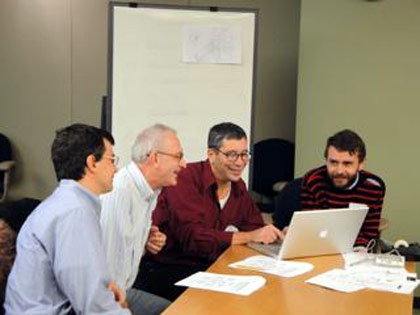
Certifications & labeling, Designers, Electronics, Green Economy, Life cycle assessment, Manufacturing, Marketing, Materials & processes, Packaging, Product service systems, Products, Software & systems, Standards & regulations, Strategies, Supply chain, Sustainability paradox, Sustainable Europe, Sustainable interaction design, Teamwork
Sustainable Minds release 1.0 is live!
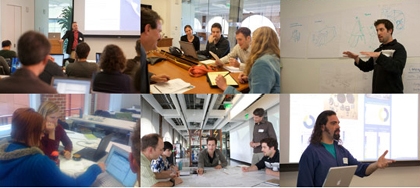
Certifications & labeling, Designers, Electronics, Green Economy, Life cycle assessment, Manufacturing, Marketing, Materials & processes, Packaging, Product service systems, Products, Software & systems, Standards & regulations, Strategies, Supply chain, Sustainability paradox, Sustainable Europe, Sustainable interaction design, Teamwork






 Feed: blog
Feed: blog


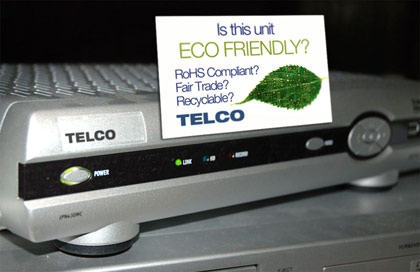

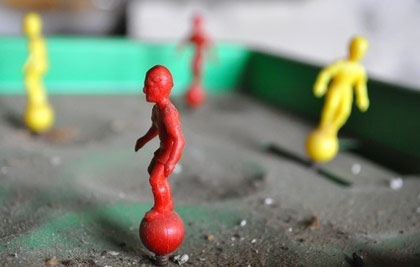
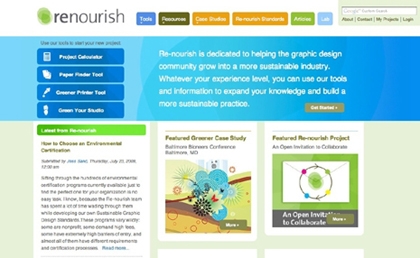
 When organizations want to improve their triple bottom line1 they usually start with the internal processes. It seems to fit the direct-responsibility focus that makes good managers most successful. Internal processes are within reach, and most easily grasped. Looking at it from a life cycle perspective, the indirect responsibility usually comes later, if at all. However, for some sustainable design solutions the critical area lies in the indirect upstream responsibility.
When organizations want to improve their triple bottom line1 they usually start with the internal processes. It seems to fit the direct-responsibility focus that makes good managers most successful. Internal processes are within reach, and most easily grasped. Looking at it from a life cycle perspective, the indirect responsibility usually comes later, if at all. However, for some sustainable design solutions the critical area lies in the indirect upstream responsibility.